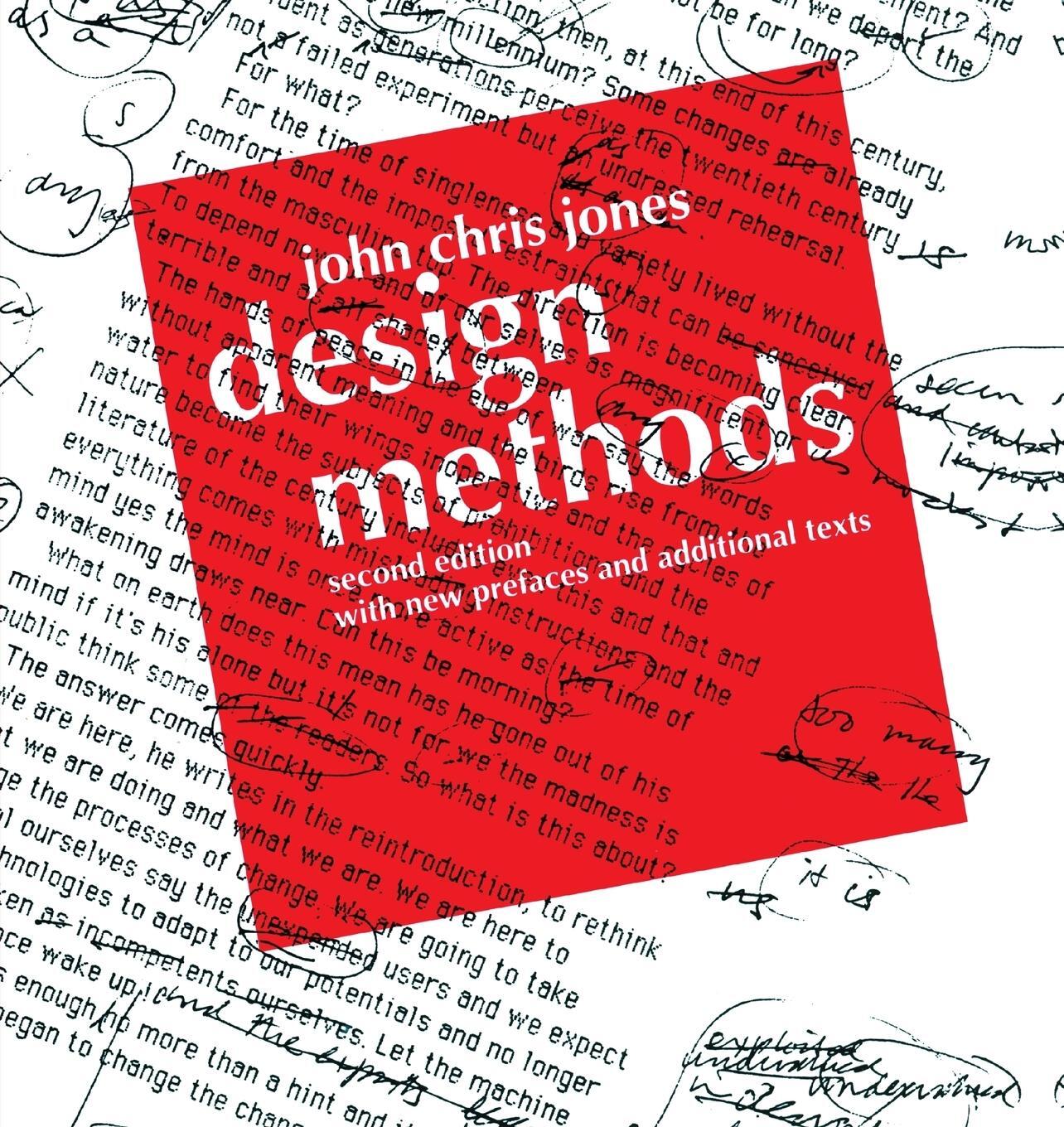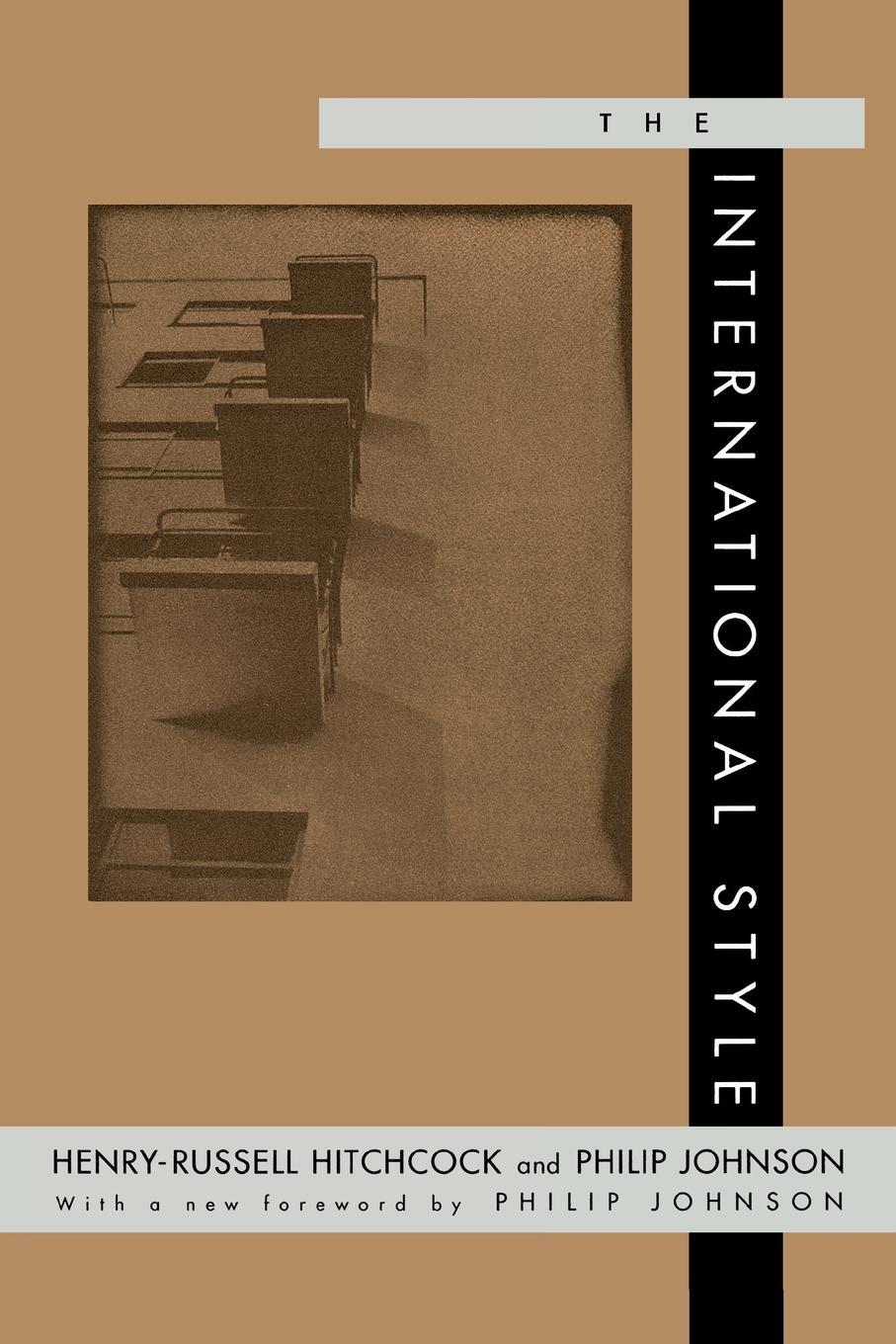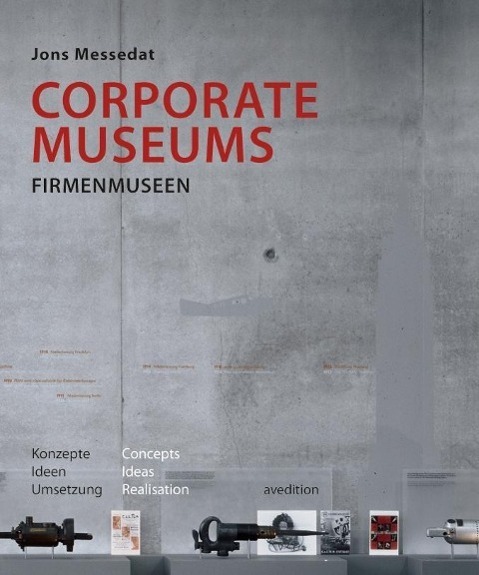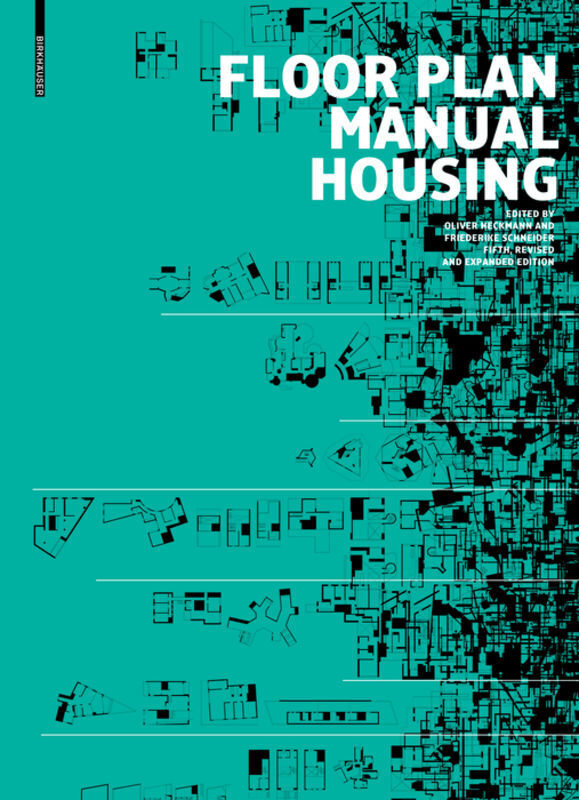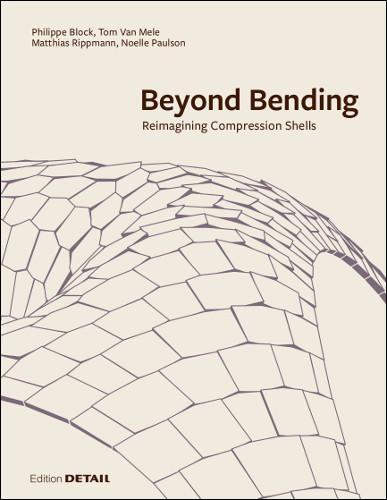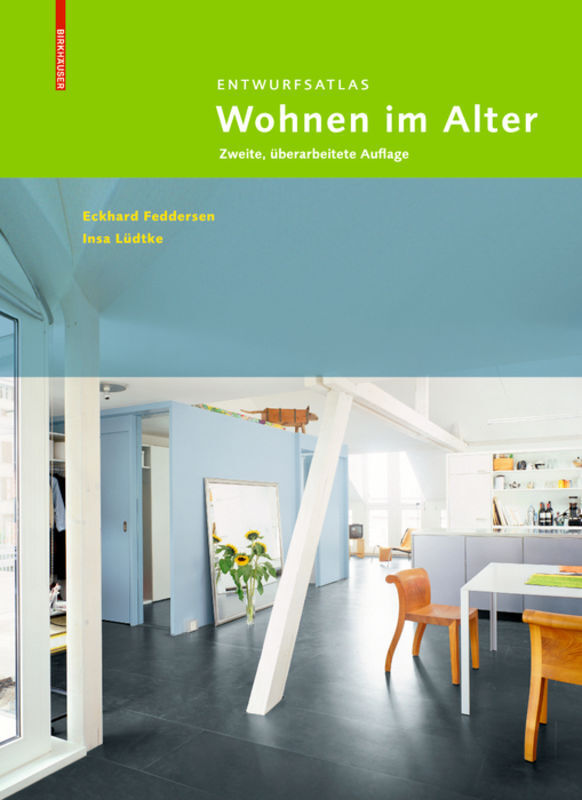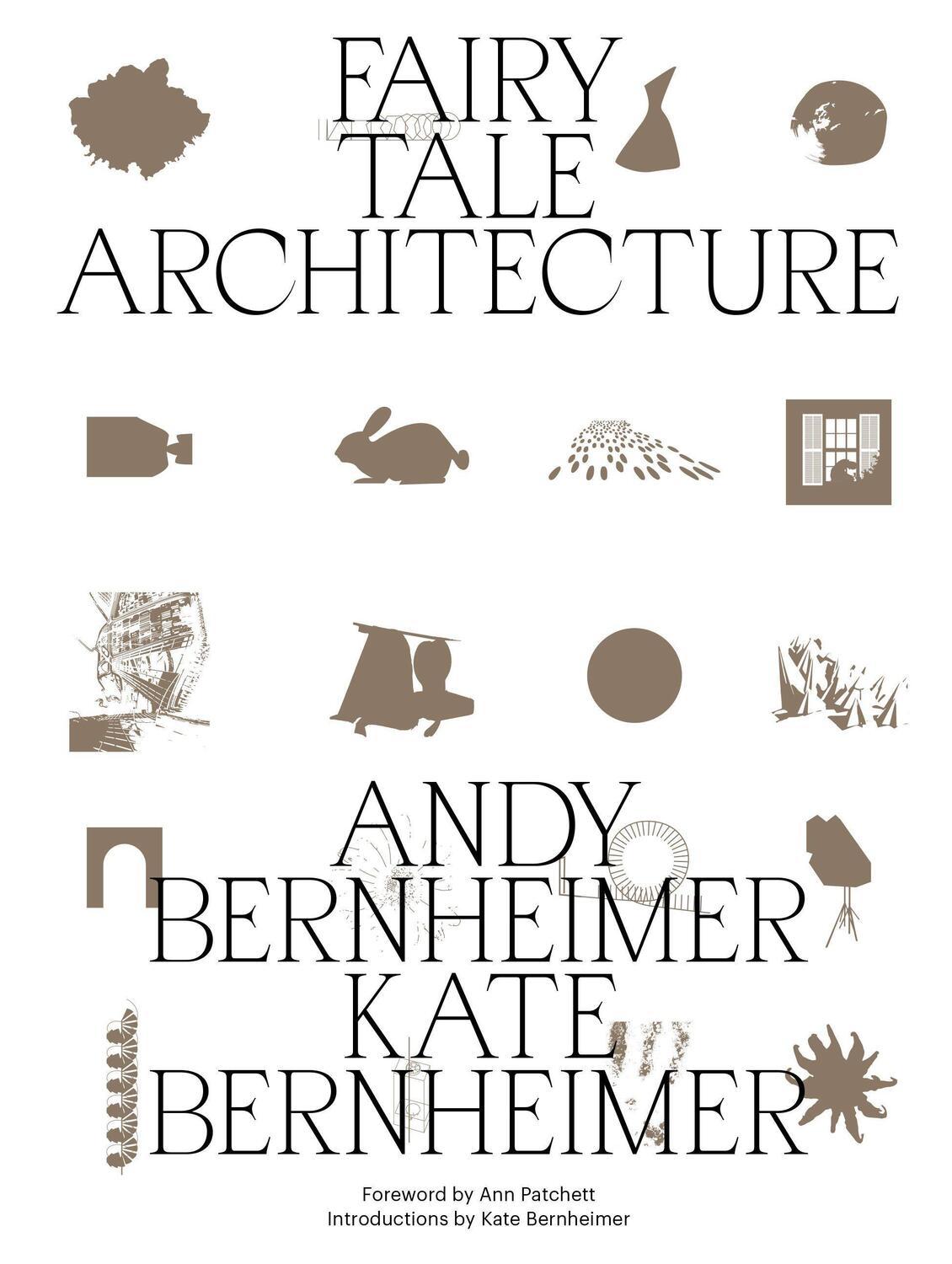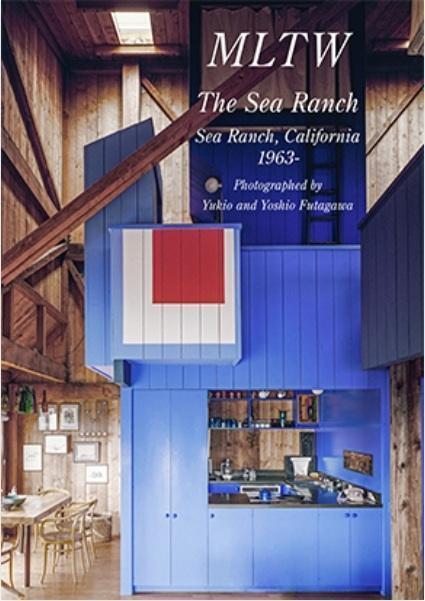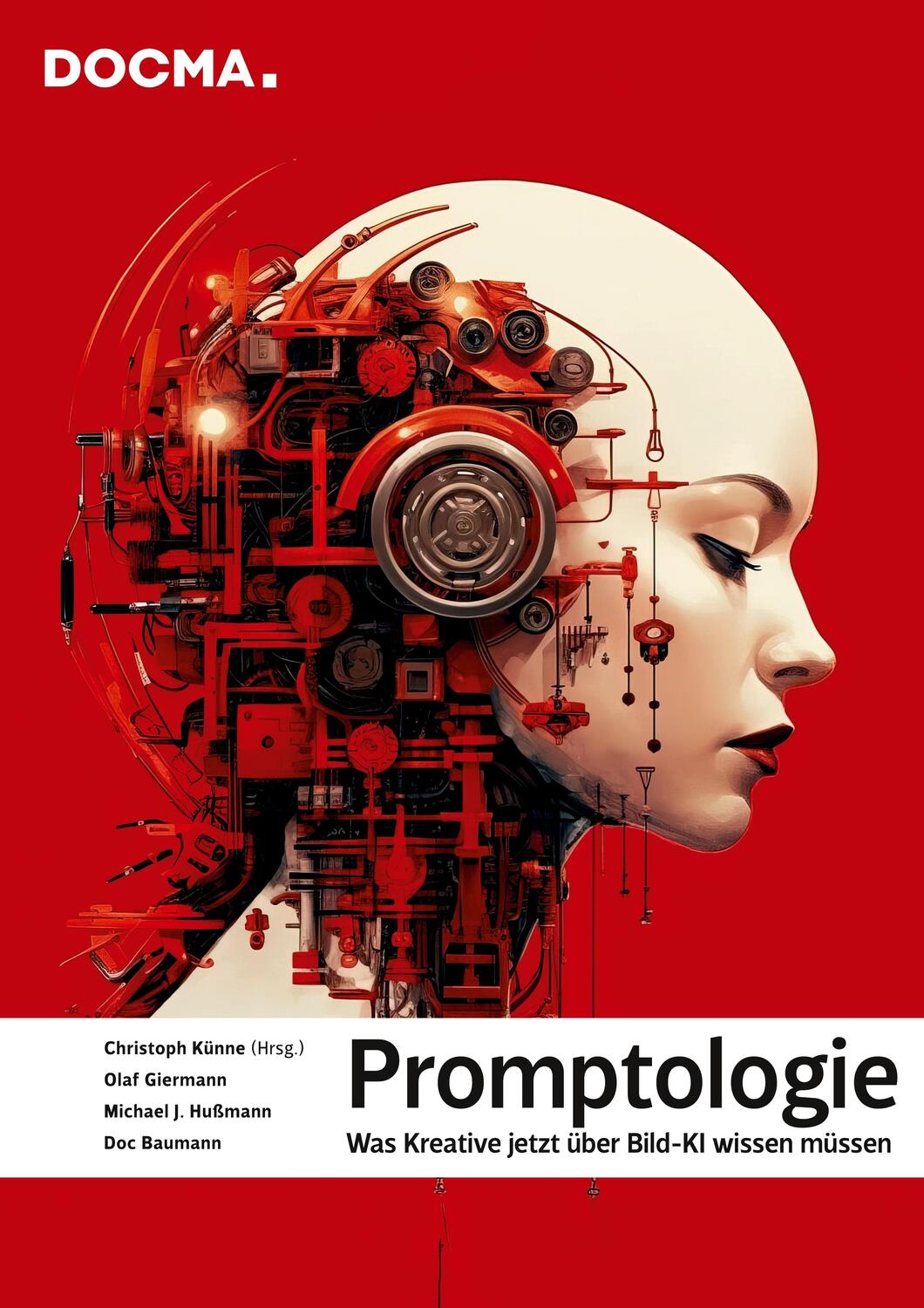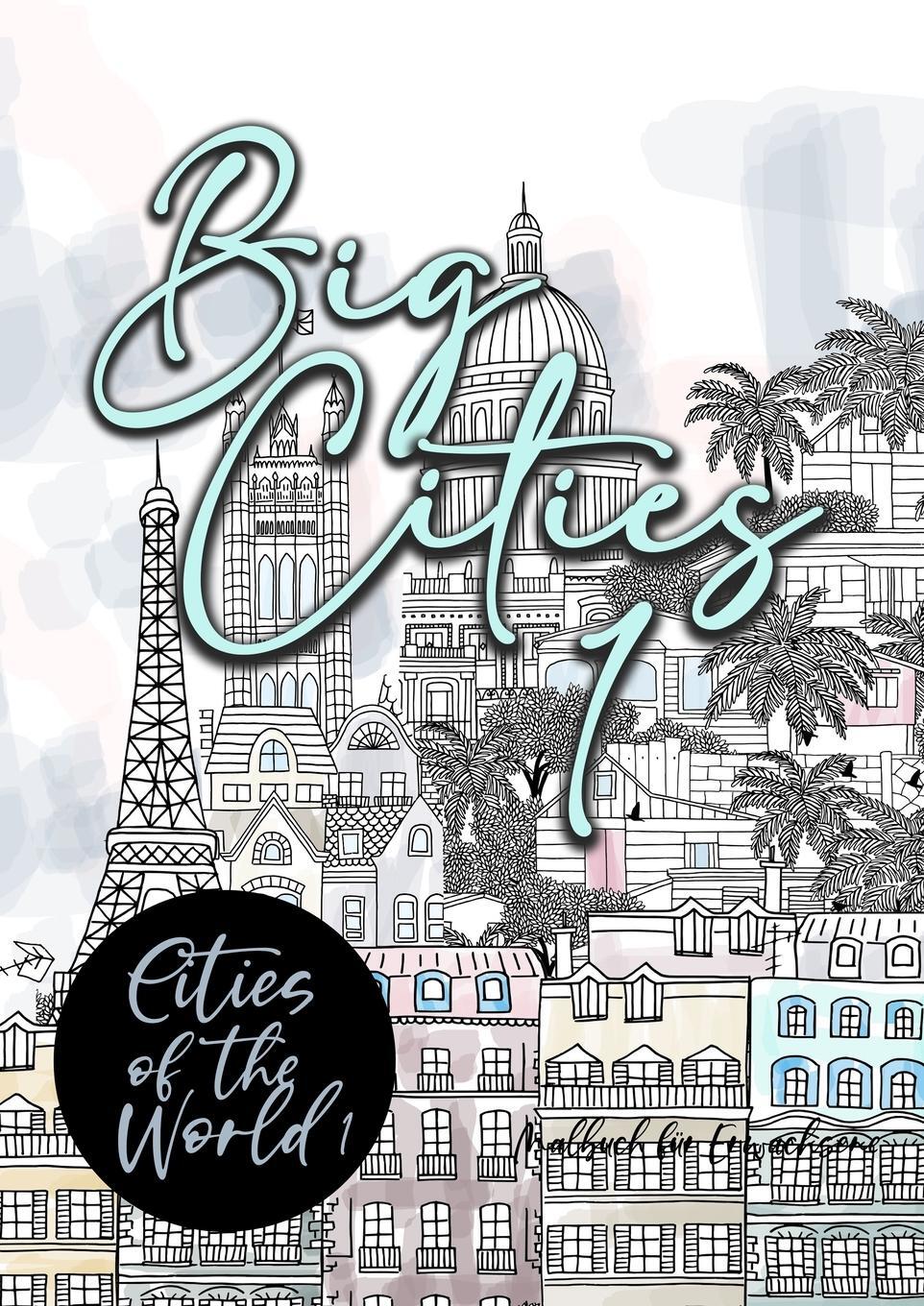Dekorationsartikel gehören nicht zum Leistungsumfang.
Sprache:
Englisch
130,50 €*
Versandkostenfrei per Post / DHL
Aktuell nicht verfügbar
Kategorien:
Beschreibung
Since its initial publication in 1970, Design Methods has been considered the seminal work on design methodology. Written by one of the founders of the design methods movement, it has been highly praised in international journals and has been translated into Japanese, Romanian, Polish, Russian, and Spanish. As Jones states in the preface: "Alongside the old idea of design as the drawing of objects that are then to be built or manufactured there are many new ideas of what it is, all very different:
- designing as the process of devising not individual products but whole systems or environments such as airports, transportation, hypermarkets, educational curricula, broadcasting schedules, welfare schemes, banking systems, computer networks;
- design as participation, the involvement of the public in the decision-making process;
- design as creativity, which is supposed to be potentially present in everyone;
- design as an educational discipline that unites arts and science and perhaps can go further than either;
- and now the idea of designing Without a Product, as a process or way of living in itself."
Since its initial publication in 1970, Design Methods has been considered the seminal work on design methodology. Written by one of the founders of the design methods movement, it has been highly praised in international journals and has been translated into Japanese, Romanian, Polish, Russian, and Spanish. As Jones states in the preface: "Alongside the old idea of design as the drawing of objects that are then to be built or manufactured there are many new ideas of what it is, all very different:
- designing as the process of devising not individual products but whole systems or environments such as airports, transportation, hypermarkets, educational curricula, broadcasting schedules, welfare schemes, banking systems, computer networks;
- design as participation, the involvement of the public in the decision-making process;
- design as creativity, which is supposed to be potentially present in everyone;
- design as an educational discipline that unites arts and science and perhaps can go further than either;
- and now the idea of designing Without a Product, as a process or way of living in itself."
Über den Autor
John Chris Jones is best known as a founder of the design methods movement. The first professor of design at the Open University in London, he is also known for his work in ergonomics and futurology. In recent years, he has worked as a freelance lecturer and writer, independently adapting methods from the "time arts," including performance and video, to the design process. During his career, Jones has published over 200 articles. In addition, he has experimented with publishing through small presses and in new formats, such as microfilm, photocopies, and computer disks. Samples of his recent writing, what he calls virtual fiction, appear in the "imaginary preludes" to this edition.
Details
| Erscheinungsjahr: | 1992 |
|---|---|
| Genre: | Kunst |
| Rubrik: | Kunst & Musik |
| Thema: | Architektur |
| Medium: | Taschenbuch |
| Seiten: | 472 |
| ISBN-13: | 9780471284963 |
| ISBN-10: | 0471284963 |
| Sprache: | Englisch |
| Einband: | Kartoniert / Broschiert |
| Autor: | Jones, John Chris |
| Auflage: | 2nd edition |
| Hersteller: | Wiley |
| Maße: | 229 x 216 x 25 mm |
| Von/Mit: | John Chris Jones |
| Erscheinungsdatum: | 11.11.1992 |
| Gewicht: | 0,963 kg |
Über den Autor
John Chris Jones is best known as a founder of the design methods movement. The first professor of design at the Open University in London, he is also known for his work in ergonomics and futurology. In recent years, he has worked as a freelance lecturer and writer, independently adapting methods from the "time arts," including performance and video, to the design process. During his career, Jones has published over 200 articles. In addition, he has experimented with publishing through small presses and in new formats, such as microfilm, photocopies, and computer disks. Samples of his recent writing, what he calls virtual fiction, appear in the "imaginary preludes" to this edition.
Details
| Erscheinungsjahr: | 1992 |
|---|---|
| Genre: | Kunst |
| Rubrik: | Kunst & Musik |
| Thema: | Architektur |
| Medium: | Taschenbuch |
| Seiten: | 472 |
| ISBN-13: | 9780471284963 |
| ISBN-10: | 0471284963 |
| Sprache: | Englisch |
| Einband: | Kartoniert / Broschiert |
| Autor: | Jones, John Chris |
| Auflage: | 2nd edition |
| Hersteller: | Wiley |
| Maße: | 229 x 216 x 25 mm |
| Von/Mit: | John Chris Jones |
| Erscheinungsdatum: | 11.11.1992 |
| Gewicht: | 0,963 kg |
Warnhinweis

